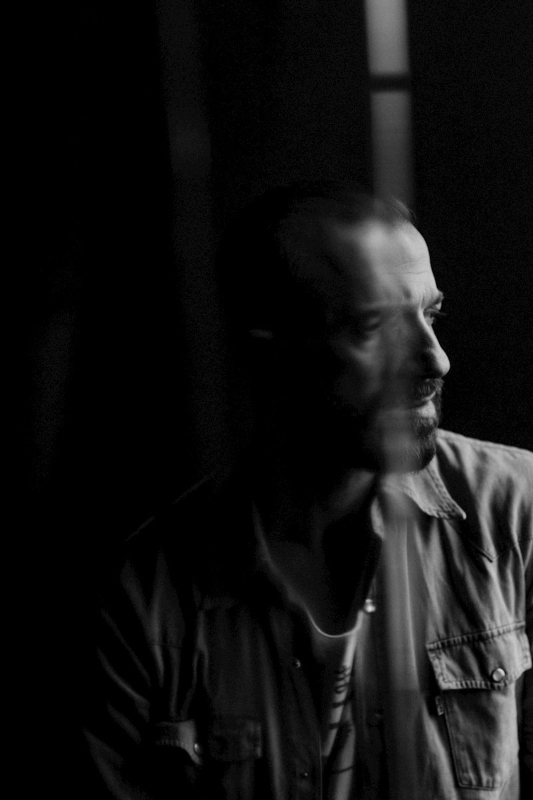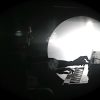Image via publicist
A body is bounded. It operates within physical limitations and biological constraints. Whilst some see these physiological boundaries as a terminus, others such as Colin Stetson perceive them as a nexus of possibility, and perhaps even of expansion. It is in this zone of unsteady tension and promises that his new album Chimæra dwells.
Collecting a series of extended drone works for saxophone, Chimæra charts an entirely new thread of work for Stetson. This thread simultaneously maintains states of reductive minimalism and reactive maximalism. The album pushes his physical abilities, as a body and also as a player to new terrain. The pieces reveal his increasingly refined capacity to compose works that push outward testing the boundaries of timbre, harmony and also density.
Each of Chimæra’s two pieces forges an almost geological sensibility, tracing out the imagined caverns, hidden hollows and surging magma flows of an underworld that exists beyond every day we know. His instrument breathes like wind expelled from lava pipes. The pieces are tactile, engulfing the entire body and the ears with equal ferocity. It is a record that melds together a deeply layered sense of sonic strata with an unwavering harmonic delicacy.
For more than a decade now, Stetson has been involved in an impressively divergent array of works that are concerned with the very physiology of sound. His lungs shape sound through the coiling metallic pathways of his saxophones. This work is an opening to a new subterranean stream of his playing and resoundingly places him at the very centre of an ever-expanding body of work that has come to define the potential of his instrument of choice





